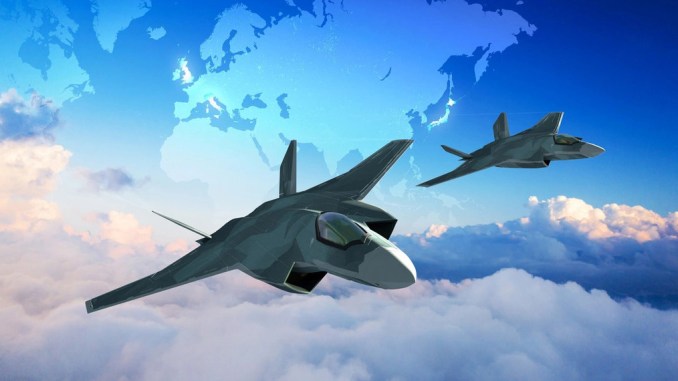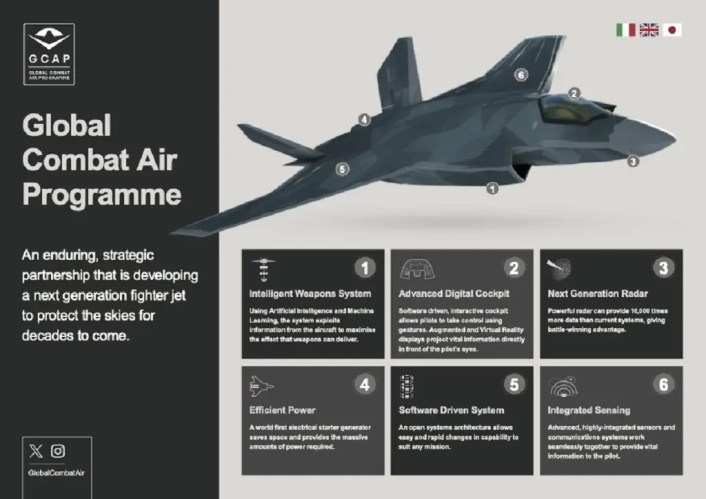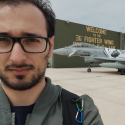
The GCAP Development treaty confirmed that the HQ of the programme will be based in the UK, while the first CEO will come from Italy.
Defence Ministers from Italy, Japan and UK met today in Tokyo to sign the Convention of the Establishment of the “Global Combat Air Programme – GCAP International Government Organisation (the GIGO)”. This treaty marks an important agreement in the shared design and delivery of a next generation fighter aircraft by 2035, reinforcing the programme’s momentum and the strong trilateral cooperation amongst the partners.
“Being here today represents for Italy, and I think for all of us, a very important milestone for the GCAP program, and at the same time a very strong message because our partnership is a message for the rest of the world”, said Italian Defence Minister Crosetto. “We live in a very complex era which is characterized by the presence of aggressive actors on the international stage. A situation of growing instability, competition between states and rapid technological changes. And it has therefore become vitally important to stay one step ahead of the threats that grow every day. Our three nations have long-established relations, based on the same values of democracy and freedom, respect for human rights and the rule of law. Through the GCAP we could further develop our relations and strengthen them in the defense field” .
The treaty confirmed the United Kingdom will host the joint GCAP government headquarters, while the first “Director General of the GCAP Agency” will come from Japan and the first “CEO of the industrial Joint Venture” will be Italian, according to the statement of the Italian MoD. The statements released by British authorities say instead that the first CEO will be Japanese, while the “first leader of the joint business construct” will be Italian. The HQ will be responsible for delivering vital military capability, strengthening each country’s combat air industrial capability, and achieving value for money, according to the press release.
“Our world-leading combat aircraft programme aims to be crucial to global security and we continue to make hugely positive progress toward delivery of the new jets to our respective air forces in 2035,” said Grant Shapps, British Defence Secretary. “The UK-based headquarters will also see us make important decisions collaboratively and at pace, working with our close partners Italy and Japan, and our impressive defence industries, to deliver an outstanding aircraft.”

This combat aircraft, initially called only Tempest, is due to take to the skies by 2035 and aims to harness next-generation technologies, becoming one of the world’s most advanced, interoperable, adaptable, and connected fighter jets in service globally. Many new technologies are already being developed for the new aircraft, like a new powerful radar that can provide 10,000 times more data than current systems.
Within the UK, the effort is being led by BAE Systems, in close partnership with Rolls-Royce, Leonardo UK and MBDA UK – as well as hundreds of companies in the supply chain from across the country. In Italy, the program is led by Leonardo IT, in collaboration with MBDA IT, Elettronica and Avio Aero, while in Japan it is being led by Mitsubishi Heavy Industries in collaboration with IHI Corporation.
The programme is proceeding swiftly, with this treaty signed only a year after the official launch and the joint development phase due to launch in 2025. Today, according to Rolls Royce, there are around 9000 people working on GCAP worldwide and more than 1000 suppliers across the partner nations, and more are set to join in the next months.
- SEO Powered Content & PR Distribution. Get Amplified Today.
- PlatoData.Network Vertical Generative Ai. Empower Yourself. Access Here.
- PlatoAiStream. Web3 Intelligence. Knowledge Amplified. Access Here.
- PlatoESG. Carbon, CleanTech, Energy, Environment, Solar, Waste Management. Access Here.
- PlatoHealth. Biotech and Clinical Trials Intelligence. Access Here.
- Source: https://theaviationist.com/2023/12/14/uk-italy-and-japan-sign-gcap-development-treaty/?utm_source=rss&utm_medium=rss&utm_campaign=uk-italy-and-japan-sign-gcap-development-treaty




